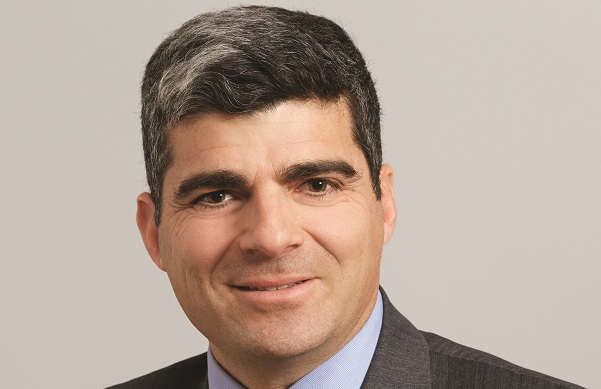 Gino Sabatini
Gino SabatiniThese are salad days for net lease REITs such as W.P. Carey that are bent on acquisitions. Simply put, there are numerous opportunities available both here and overseas, Gino Sabatini, Head of Investments of W.P. Carey, tells GlobeSt.com. “It's a very good time to be entering into long-term transactions with tenants out there,” he says. “Our cost of capital is very good right now, especially because of our larger size following our merger with CPA:17. More importantly, the deals we are seeing are good for our investors.”
Deals are not overpriced even now at the end of the cycle, he continues. There were times in W.P. Carey's history–namely before the Great Recession–when it didn't make any investments. Eighteen months prior to the crash, Sabatini says, the REIT stopped investing because the deals were so unattractive. “We don't see that right now, not at all,” he says.
An ideal acquisition for the REIT, he explains, is an asset that is critical to a company and that will remain important to it during all cycles in the future. “Whether we are in a good market environment or a down market environment we have what we see as a very important facility — a critical manufacturing or R&D facility for example.” Or, he continues, in the retail space it would consider a series of top quartile stores tied together on a master lease as a critical asset to a company.
These deals are out there now, Sabatini reiterated, and for this reason he expects W.P. Carey to continue to be a net acquirer in 2019. “We see opportunities from multinational companies all the time where they are looking for us to close on a simultaneous basis and they'll lease back with 4 or 5 facilities in different countries all around the world. I see no reason for that to change.”
Private Equity Driving Deals
The reason for this bounty is simple, he says: companies are increasingly realizing the benefits of freeing up capital via a sale leaseback. Many have come to this conclusion on their own; others are companies that have been acquired by private equity houses that are seeking to monetize the real estate of the acquired companies.
Private equity firms, to state the obvious, are financially savvy and realize that leaving money tied up in real estate essentially generates a very low rate of return for their investors, Sabatini says. “Their investors typically look for a higher return on their invested equity than real estate investors do,” he says–somewhere in the 13-14-15-16% annual range. “By leaving the money in real estate they're effectively generating 8% or 9% on that money because they are not doing a sale leaseback and redeploying the released money into a higher and better use within the company.” Then there are W.P. Carey's investors, which are expecting a lower rate of return–they effectively take that piece over, he says.
© Touchpoint Markets, All Rights Reserved. Request academic re-use from www.copyright.com. All other uses, submit a request to [email protected]. For more inforrmation visit Asset & Logo Licensing.







